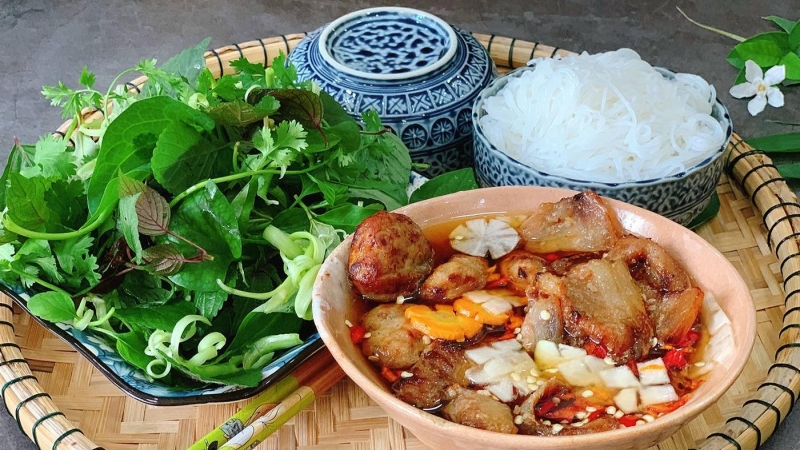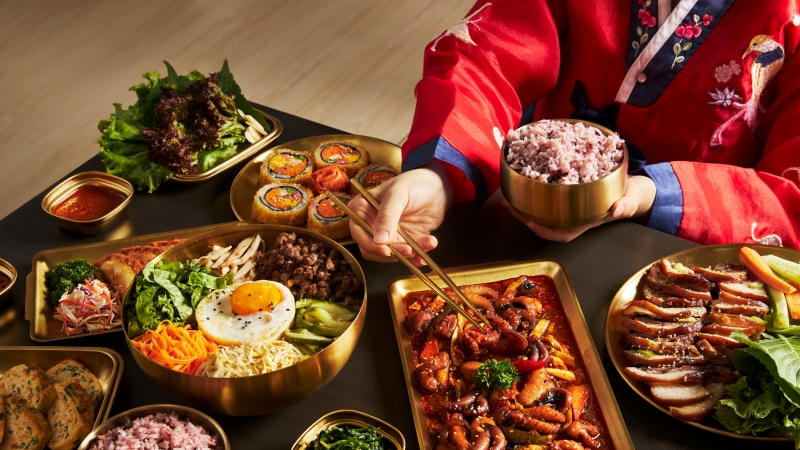“Natural Pudding” Rich in Nutrients
Almost any cheap beef restaurant in Korea now has a dish called 암소 간 - "liver" on the menu. That dish is raw beef liver cut into pieces, Koreans like to call this blood pudding. The liver dish after being served looks like a plate of dark red jelly, moist and fresh, even though it has been cut into pieces, it is still slippery and difficult to pick up.
Raw beef liver, also known as “raw beef liver” when served on a plate, looks like a deep red ruby, which Koreans call “natural pudding”. The feeling of enjoying raw beef liver is an unforgettable experience. Melting in the mouth, the characteristic sweet taste of blood mixed with a bit of fat, creating a unique flavor, hard to find in other dishes. With such a strange way of enjoying, this raw beef liver dish has appeared on the list of specialties that make people “creepy” in the land of kimchi.
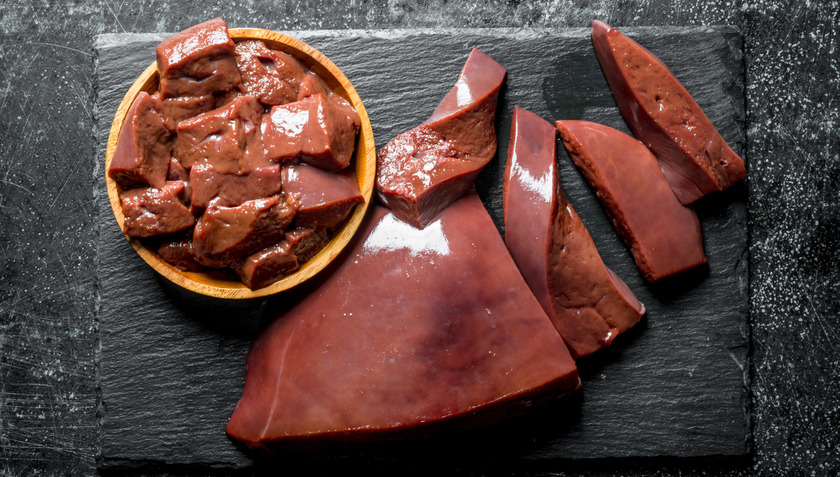
The liver dish, when served, looked like a plate of deep red jelly, moist and fresh.
The moist, dark red liver is cut into jelly-like squares. Just add a bowl of dipping sauce and sprinkle some sesame seeds and you are ready to enjoy. Koreans say that the chewy, viscous texture of raw beef liver is like a type of jelly. When you bite into it, the liquid oozes out of your mouth and flows down your throat, creating a strangely refreshing feeling.

Koreans are particularly fond of this strange dish.
Although its appearance may make many people afraid, raw beef liver contains high nutritional content, especially iron and vitamin A, which is very good for health if handled cleanly. This is not only a dish but also a way for Koreans to show respect for natural food sources.
However, some people are still afraid and think that the dish still has the fishy smell of blood. After swallowing, the taste of blood still remains in the mouth, which is very unpleasant for those who are not used to it.
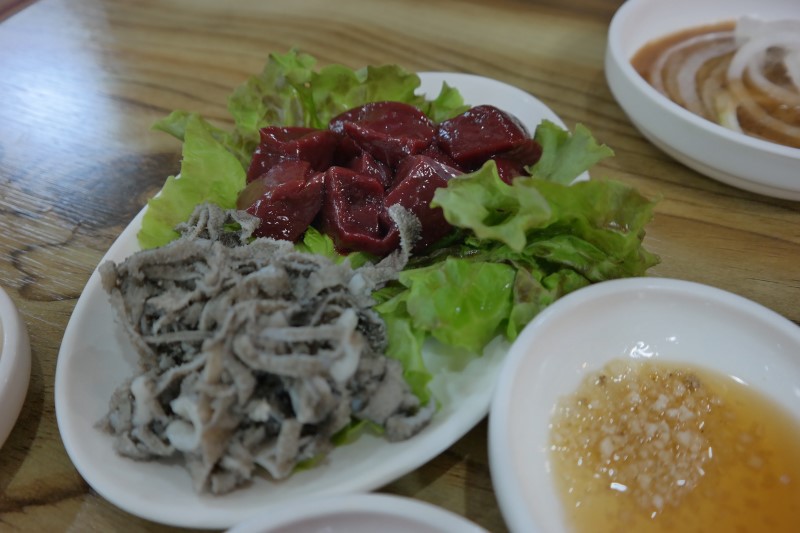
They say the thick, chewy texture of raw beef liver is very similar to pudding.
In fact, in countries like Korea and Japan, raw liver or dishes like sushi or sashimi are considered typical dishes in culinary culture and are famous all over the world. In Japan, raw liver is called Reba sashi, and used to be sold in many pubs or barbecue restaurants. However, in April 2011, when a food poisoning incident occurred at a yakiniku grill shop in Toyoma prefecture that killed 5 people and injured 181, the sale of raw liver was banned.
Horror challenge of eating raw book leaves
Next to the deep red, velvety-soft beef liver, the tripe brings a completely different texture. The ivory-white tripe fibers are as crispy and chewy as cartilage, creating an interesting contrast in both color and taste. When dipped in a little fragrant sesame oil, the tripe becomes even more fatty, blending with the sweet taste of the beef liver, creating a unique, unforgettable symphony of flavors.

At first glance, many Koreans compare it to a white or gray rag that is not clean at all, but when eaten, it feels very fresh and clean.
The feeling of enjoying this pair is indescribable. The beef liver melts in your mouth, leaving a sweet aftertaste, while the tripe stimulates your taste buds with its crunchy texture. This "perfect pair" has combined to create an extremely interesting culinary experience, one that people will remember forever.
Eating raw beef liver and raw tripe may be intimidating to many, but for Koreans, it is a meaningful culinary experience. It is not just a dish, but a part of culture, reflecting the deep connection between humans and nature.
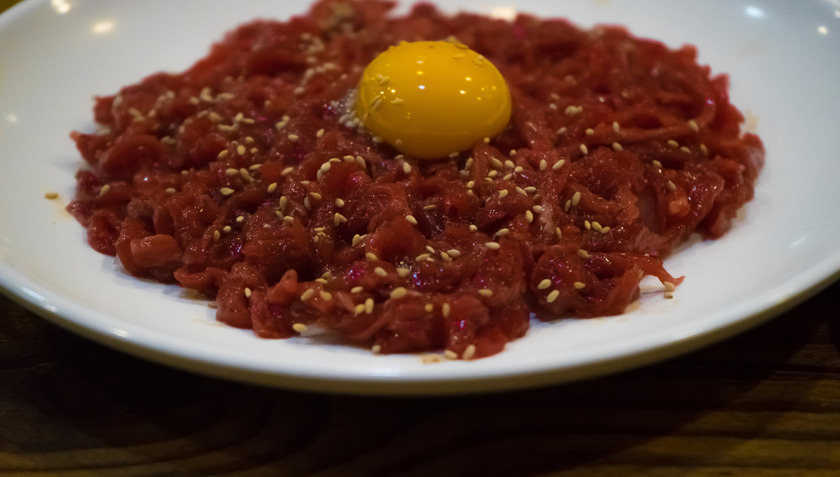
Eating raw food is considered part of Korean culture.
While many cultures have different views on eating raw meat, Koreans see it as a way to fully enjoy the freshest flavor of the ingredients. Koreans believe that eating raw meat not only brings a new taste experience, but also helps the body absorb maximum nutrition, especially the benefits of protein and minerals. Therefore, these dishes often appear at high-end restaurants or famous traditional markets.






